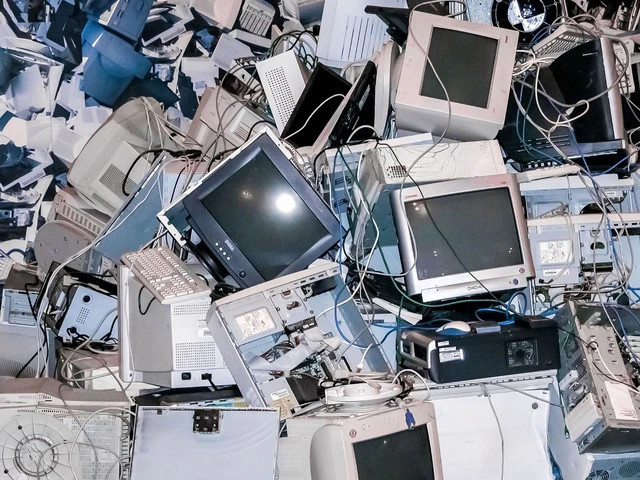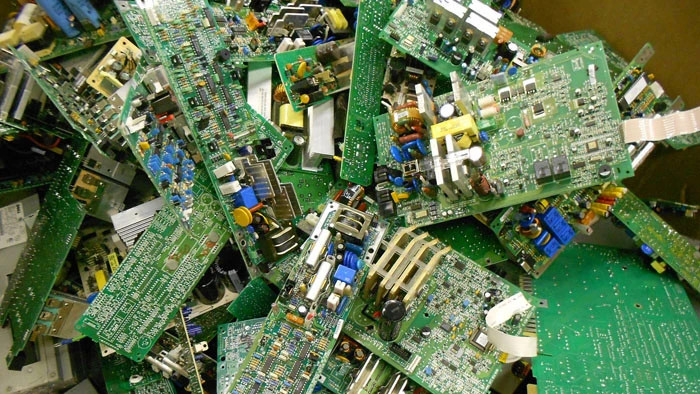In 2022 alone, countries released about 62 million tonnes of electronic waste into the environment, an increase of about 82% compared to 2010. By 2030, it is estimated that this amount of waste will be 82 million tonnes, an increase of about 32%.
In Viet Nam, according to statistics from the Institute of Environmental Science and Technology, Ha Noi University of Science and Technology, each year the country releases about 100 thousand tonnes of electronic waste. This amount of waste may increase every year, because consumers always tend to replace electrical and electronic devices.
Electronic waste includes: light bulbs, batteries, electrical and electronic devices; devices containing screens; information technology equipment; solar panels... discharged into the environment after their useful life has expired.
According to the Law on Environmental Protection, electronic waste is hazardous waste containing toxic, radioactive, infectious, flammable, explosive, corrosive, toxic or other hazardous properties.
This type of waste is mainly made from plastics containing many toxic chemicals and heavy metals such as mercury, lead, and cadmium. If not collected and treated properly, it will cause serious environmental pollution. In addition, because it is made from plastics, the decomposition time of this type of waste lasts from 500 to 1,000 years.
Currently, there are many large and small facilities nationwide that collect, process and recycle electronic waste, but this activity is mainly done manually (peeling, separating, burning, burying), not ensuring the process of treating hazardous waste. Some facilities use licensed technological lines to process and recycle but face difficulties in human resources, investment costs for machinery and equipment, etc. This unintentionally causes the recycling rate of electronic waste to be low, and valuable materials cannot be fully recovered and reused.
 |
| Old and broken household appliances and electrical equipment. |
In order to limit the harmful effects of electronic waste on the environment and health, many regulations related to the management, use and recycling of electronic waste have been issued. However, many documents and regulations related to electronic waste are still general, without specific instructions on treatment and collection.
To minimise the amount of electronic waste released into the environment, it is necessary to first attach responsibility to manufacturers of electrical and electronic equipment in the recovery of products after use. The State needs to have preferential policies on loans, tax exemptions, infrastructure support and especially technology transfer to encourage individuals and organisations to invest in the field of electronic waste treatment and recycling.
Along with that, it is necessary to strengthen the mobilisation and propaganda work to all people, especially students, to improve their knowledge about the effective use of electrical and electronic devices to limit emissions into the environment. Regulations on electronic waste also need to be supplemented and improved, focusing on building legal frameworks on conditions for waste collection, classification and recycling; regulations on limiting sources of environmental pollution from electronic waste.
In addition, departments, sectors and organisations need to develop more models of exchanging electronic waste for trees, books, newspapers or necessary items for all ages. Localities need to arrange more collection points for old batteries and electronic waste at restaurants, supermarkets, schools, parks, etc. to help people develop good habits in collecting and returning this hazardous waste.
Reuse of damaged electronic devices by repairing and restoring them also needs to be focused on. In particular, all levels and sectors need to build a chain among the State, scientists, businesses and consumers in the treatment of electronic waste...
















